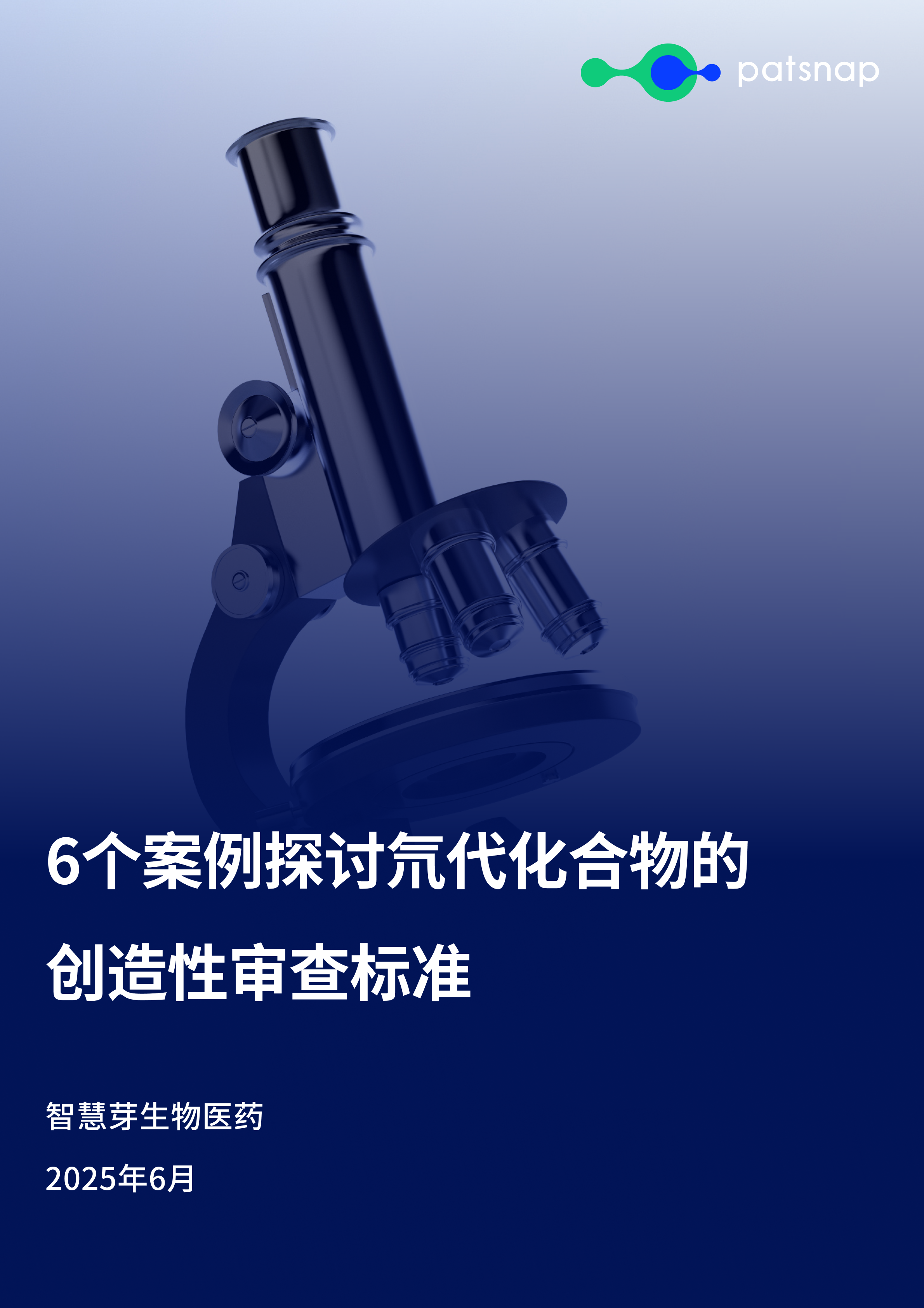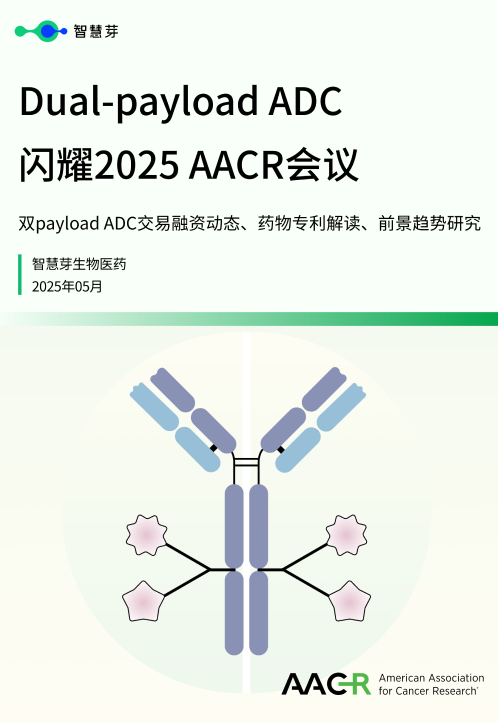预约演示
Amgen pumps up rare disease drugs, but obesity is top of mind for some analysts
临床3期临床2期临床结果并购
Amgen hosted an investor event focused on its rare disease portfolio Thursday, but while Mizuho analysts found details from the meeting to be "only incrementally positive," they believe obesity – where the company recently gave an early glimpse at its AMG 133 candidate – "is still the more important story for 2024."
AMG 133, also known as maridebart cafraglutide, is a bispecific molecule that activates GLP-1 and inhibits GIP. Earlier this month, results from a small, early-stage study published in Nature Metabolism showed that patients given a monthly injection of the drug lost up to 14.5% of their body weight in 12 weeks. Some people kept the weight off for up to 150 days after stopping the drug.
The company's presentation instead focused on a pair of rare disease therapies – Tepezza (teprotumumab) for thyroid eye disease and Krystexxa (pegloticase) for gout – that it acquired through its $27.8-billion takeout of Horizon Therapeutics, while also spotlighting some clinical-stage pipeline assets.
Expanding Tepezza internationally seem important for Amgen's growth, Mizuho analysts noted. In the US, reaching patients with low clinical activity scores and developing a subcutaneous form of the drug, where a pivotal Phase III programme is set to get underway in the first half, are expected to help it grow. Outside the country, Amgen said Japan and Europe are high-priority markets, with plans to file for approval in Europe in the first half of 2024 and to launch in Japan in 2025.
Plenty of room for more uptake
According to Barclays analysts, Amgen struck an overall positive tone by highlighting the "high level [of] addressable patients" across its rare disease portfolio. The company estimates there are about 100,000 potential patients in the US who could benefit from Tepezza, but only a small percentage of them are using it at the moment. A similar story plays out for Krystexxa; although there are over 100,000 potential patients, Amgen pegs current uptake at only around 6000.
It also emphasised three other programmes it expects will be key growth drivers – the CD40 ligand antagonist dazodalibep which recently entered Phase III for Sjögren's disease; the anti-ILT7 lupus candidate daxdilimab, and the LPA1 antagonist fipaxalparant. Amgen currently has a pair of Phase II studies evaluating fipaxalparant for idiopathic pulmonary fibrosis and systemic sclerosis. A readout from the first of these studies is due in the second half.
Barclays noted that the company wouldn't discuss differentiation against Bristol Myers Squibb's own LPA1 drug obexelimab, but "highlighted the unmet need and confidence in the mechanism." Obexelimab, which simultaneously binds CD19 and FcγRIIb, is currently in Phase III for IgG4-related disease. Bristol Myers Squibb acquired regional rights to the drug from Zenas BioPharma for $50 million upfront last year.
更多内容,请访问原始网站
文中所述内容并不反映新药情报库及其所属公司任何意见及观点,如有版权侵扰或错误之处,请及时联系我们,我们会在24小时内配合处理。
药物
Eureka LS:
全新生物医药AI Agent 覆盖科研全链路,让突破性发现快人一步
立即开始免费试用!
智慧芽新药情报库是智慧芽专为生命科学人士构建的基于AI的创新药情报平台,助您全方位提升您的研发与决策效率。
立即开始数据试用!
智慧芽新药库数据也通过智慧芽数据服务平台,以API或者数据包形式对外开放,助您更加充分利用智慧芽新药情报信息。



